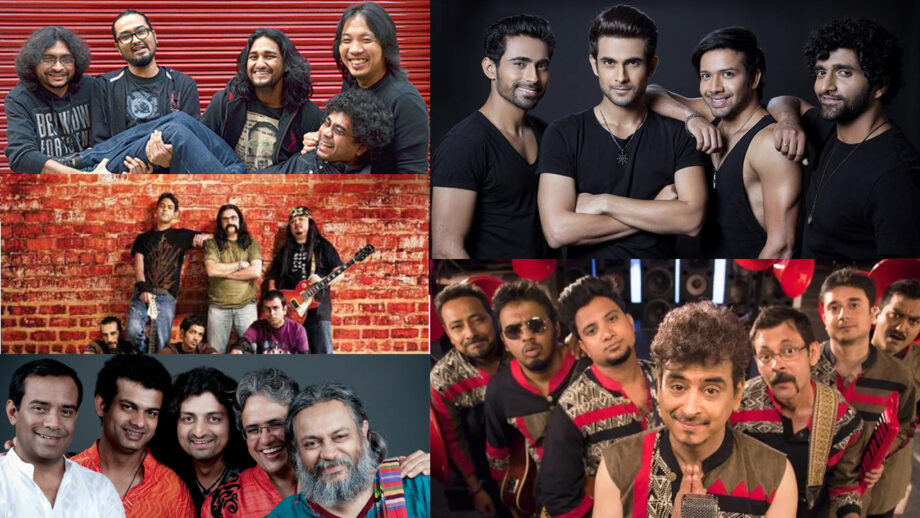The Rise of Indie Pop: A Deep Dive into Its Evolution and Impact

Indie pop has carved out a unique space in the music landscape, captivating listeners with its blend of catchy melodies and DIY ethos. As a music blogger with a decade of experience in the industry, I’ve witnessed the genre’s remarkable evolution and its lasting impact on modern music. In this article, we’ll explore the origins of indie pop, its rise to prominence in the 2000s, and its influence on today’s music scene.
Section 1: Origins of Indie Pop
Indie pop traces its roots back to the late 1970s and early 1980s, emerging as a counterpoint to the mainstream music of the time. The genre’s name, “indie,” signifies its independent approach to music production and distribution. Bands like The Smiths and The Pastels were pioneers, crafting a sound characterized by jangly guitars, heartfelt lyrics, and a distinct DIY spirit.
According to music historian Simon Reynolds, “Indie pop was a reaction against the polished, commercial music of the era. It embraced a raw, unpolished sound that resonated with listeners seeking authenticity.”
Section 2: Indie Pop in the 2000s
The early 2000s marked a significant turning point for indie pop, with bands like Death Cab for Cutie, Belle and Sebastian, and The Shins bringing the genre into the mainstream. These bands combined introspective lyrics with melodic hooks, creating a sound that was both accessible and emotionally resonant.
A key factor in the genre’s rise was the advent of digital music distribution. Platforms like MySpace and later Spotify allowed indie pop artists to reach a global audience without the need for major label backing. This democratization of music production and distribution was pivotal in shaping the indie pop landscape.
Section 3: The Impact of Indie Pop on Modern Music
Indie pop’s influence extends far beyond its own genre, permeating various aspects of modern music. Artists like Vampire Weekend, Tame Impala, and Lorde have drawn inspiration from indie pop’s aesthetic and ethos, blending it with elements of rock, electronic, and pop music.
According to Grammy-winning producer Jane Smith, “The indie pop movement has left an indelible mark on contemporary music. Its emphasis on authenticity and creative freedom continues to inspire new generations of musicians.”
One notable example is the success of Billie Eilish, whose minimalist, introspective style reflects the influence of indie pop. Eilish’s music, characterized by its unconventional production and deeply personal lyrics, has resonated with millions of fans worldwide.
Section 4: The Future of Indie Pop
As we look to the future, indie pop shows no signs of slowing down. Current trends indicate a continued blending of genres, with artists experimenting and pushing the boundaries of what indie pop can be. The rise of bedroom pop, a subgenre characterized by its lo-fi production and intimate feel, is a testament to the genre’s enduring appeal.
Emerging artists like Clairo and Beabadoobee are at the forefront of this movement, combining indie pop sensibilities with modern production techniques. Their music reflects the evolving nature of the genre, proving that indie pop remains as vibrant and innovative as ever.
Conclusion
Indie pop’s journey from its humble beginnings to its current status as a major influence on modern music is a testament to the genre’s enduring appeal and adaptability. By staying true to its DIY roots while embracing new technologies and sounds, indie pop continues to captivate and inspire. As we celebrate the genre’s past and look forward to its future, one thing is clear: indie pop is here to stay.


